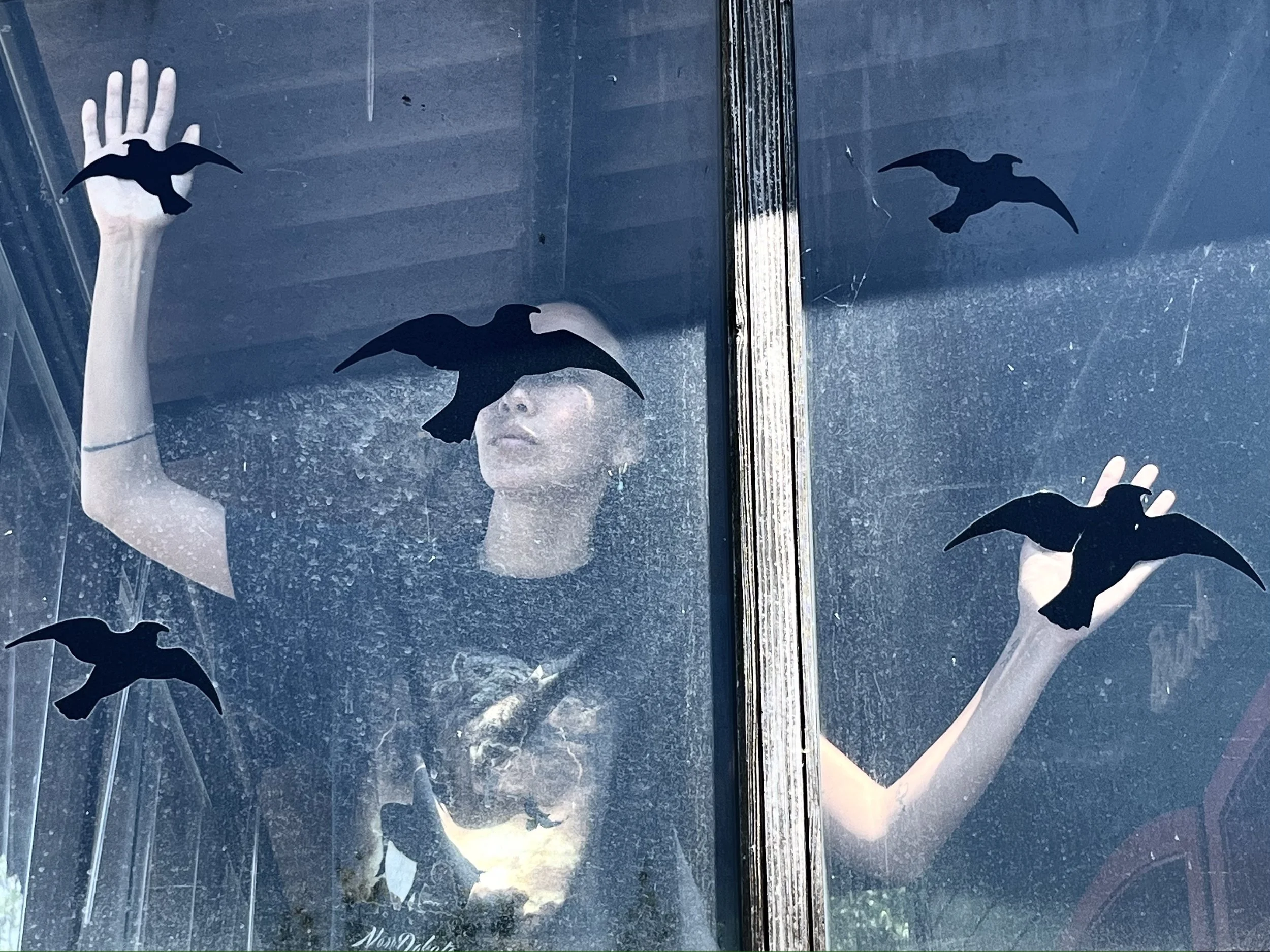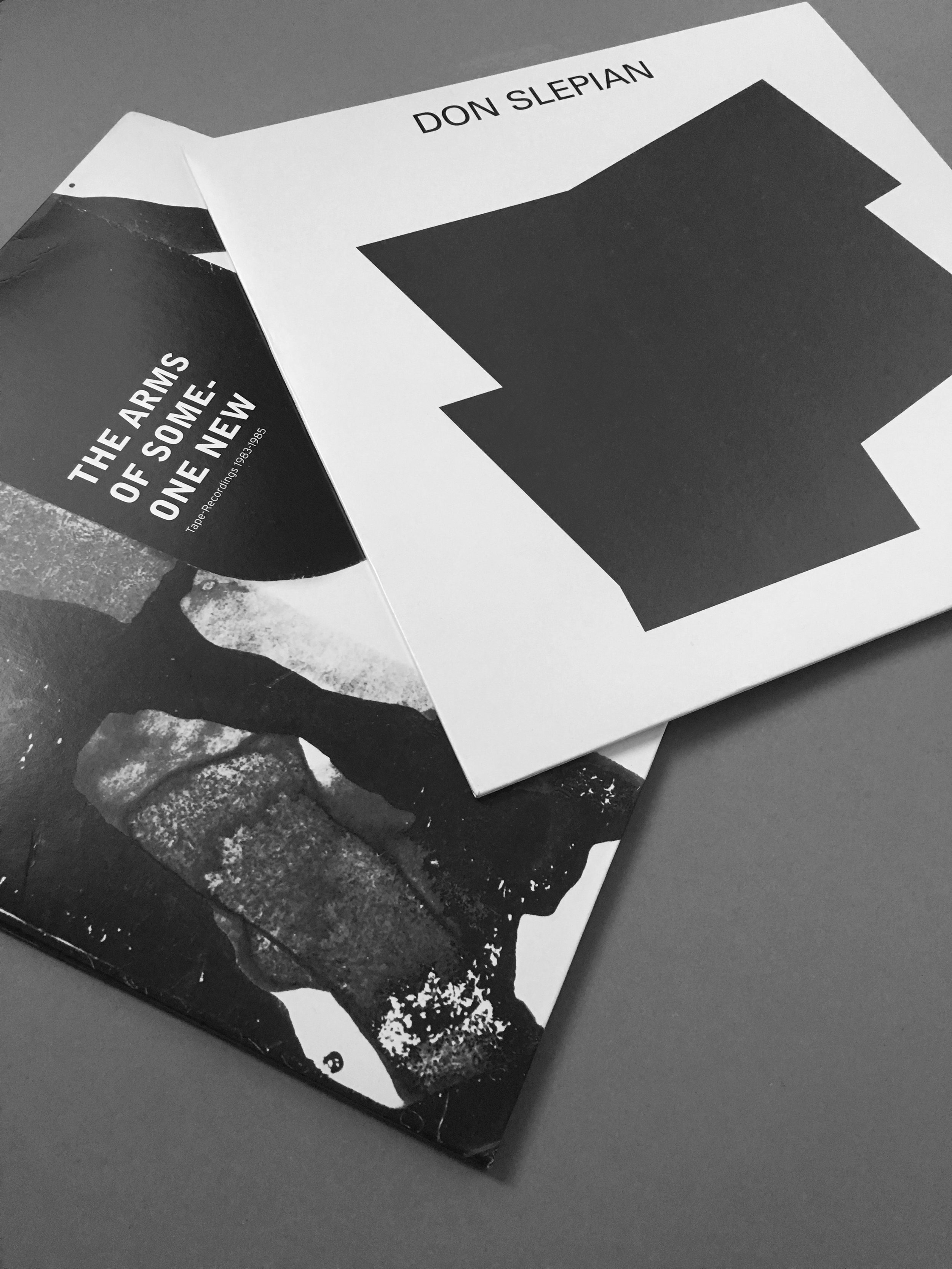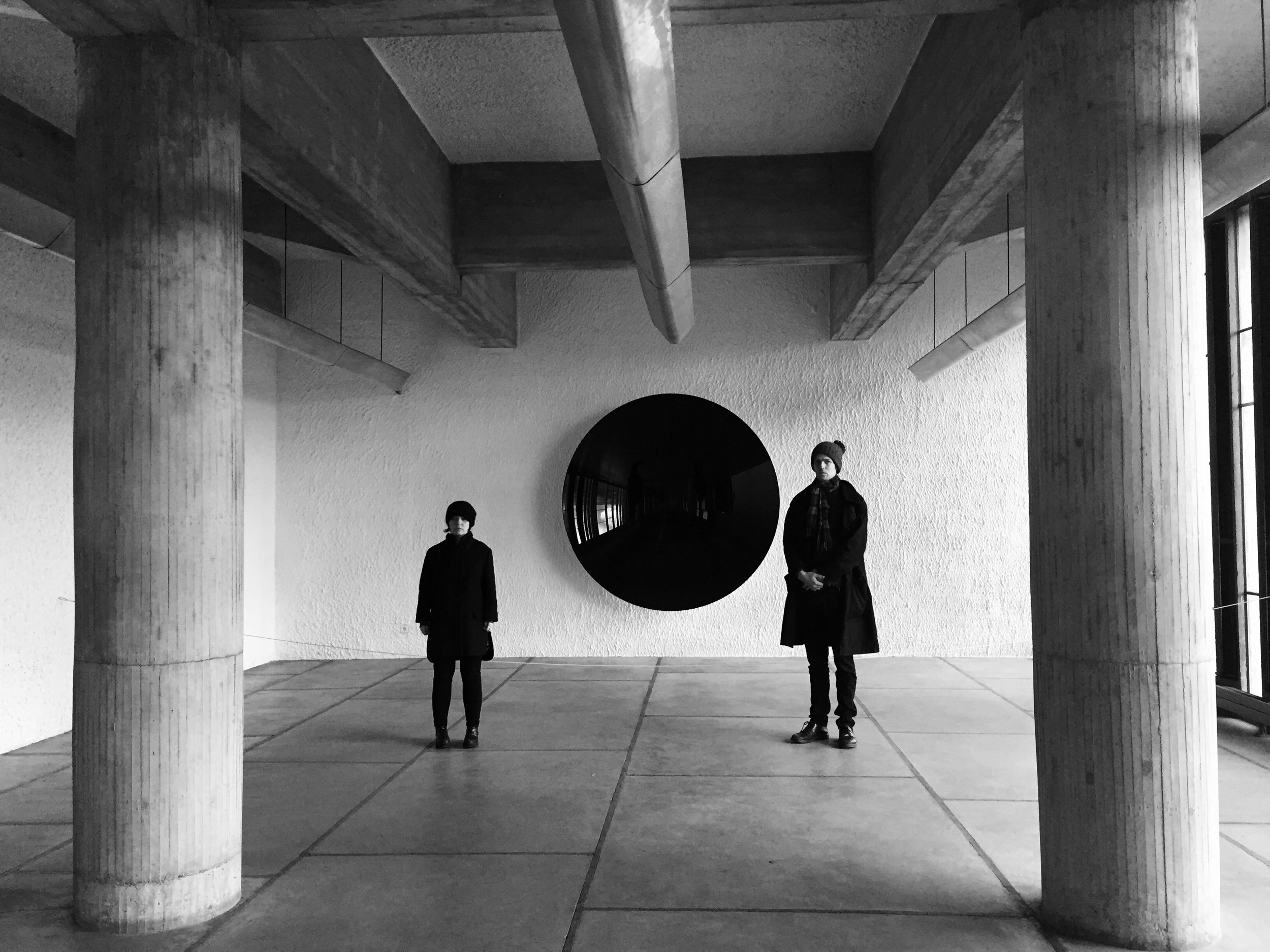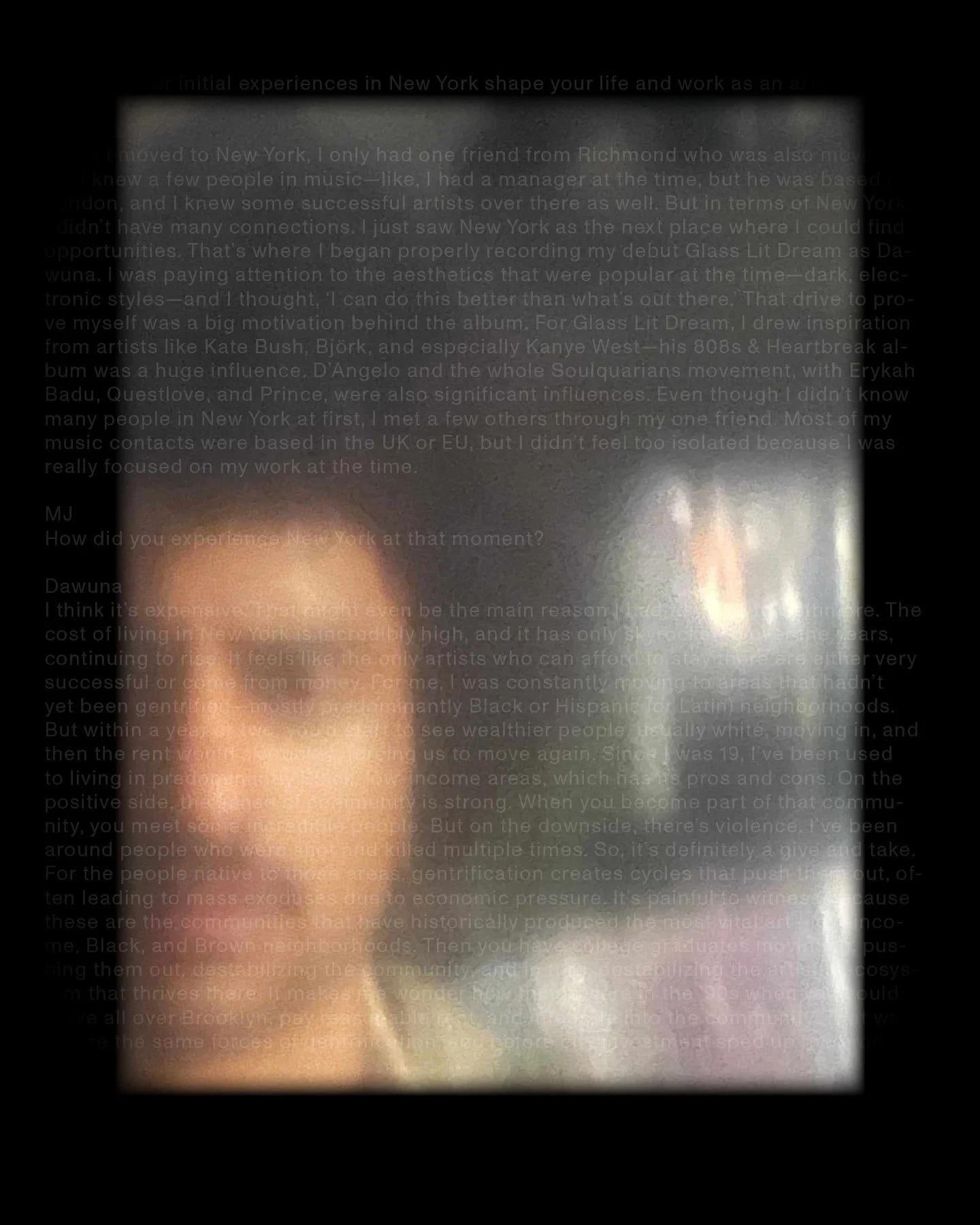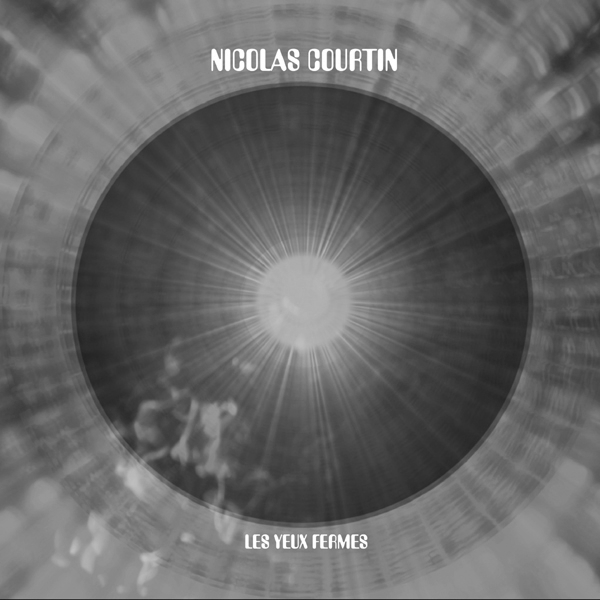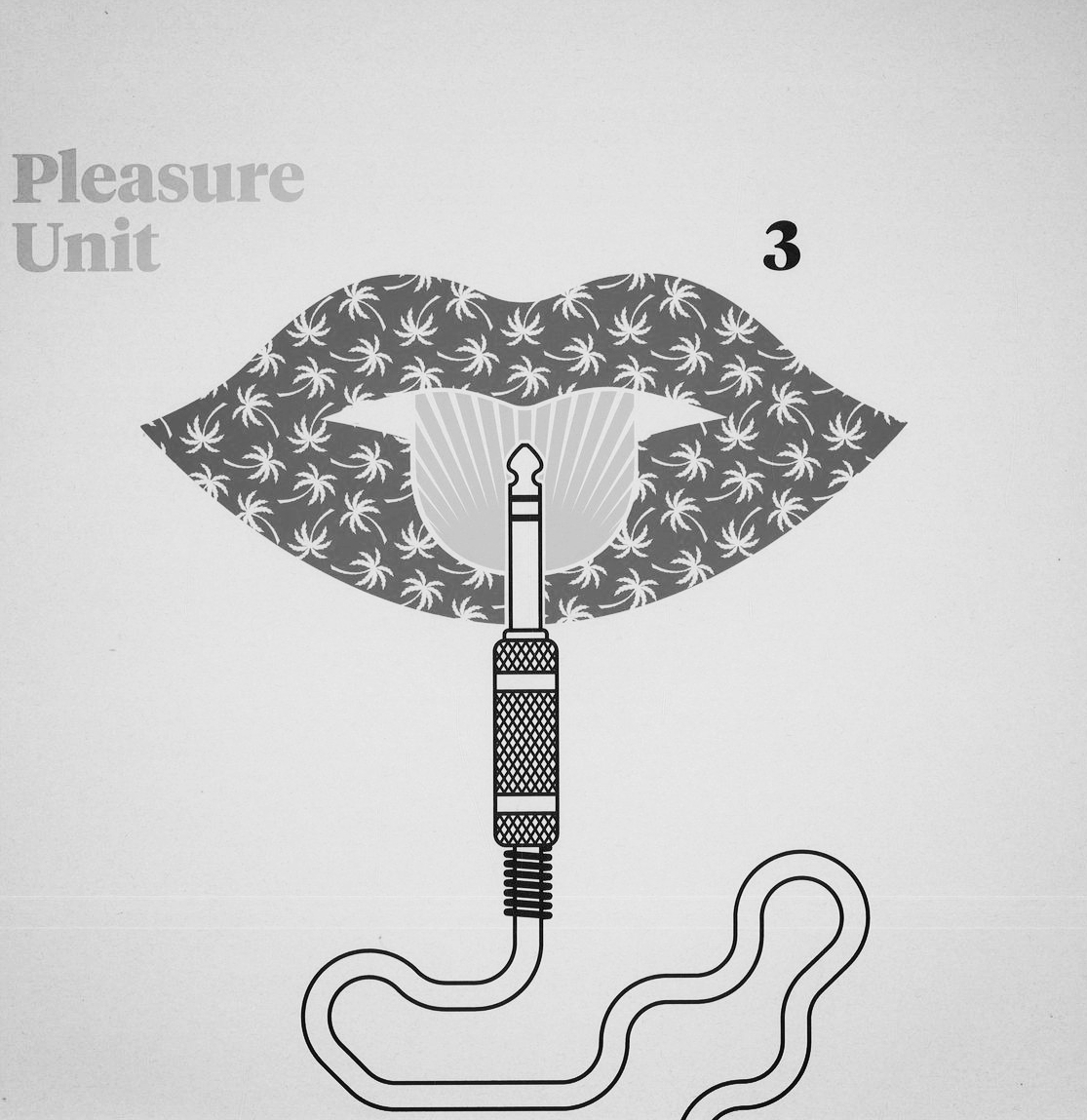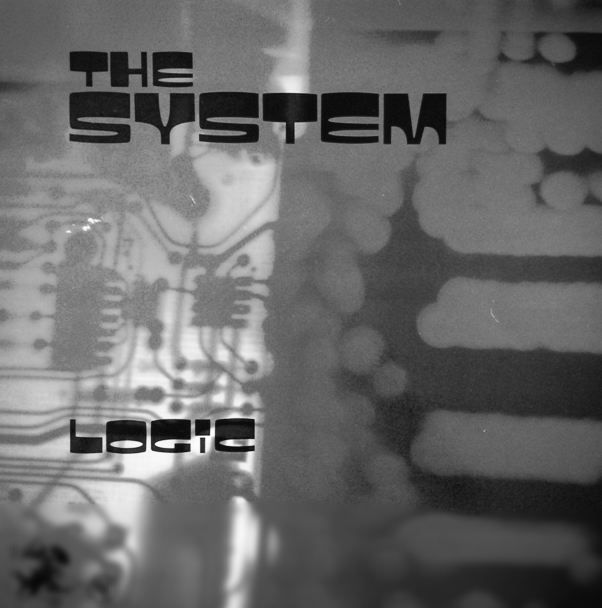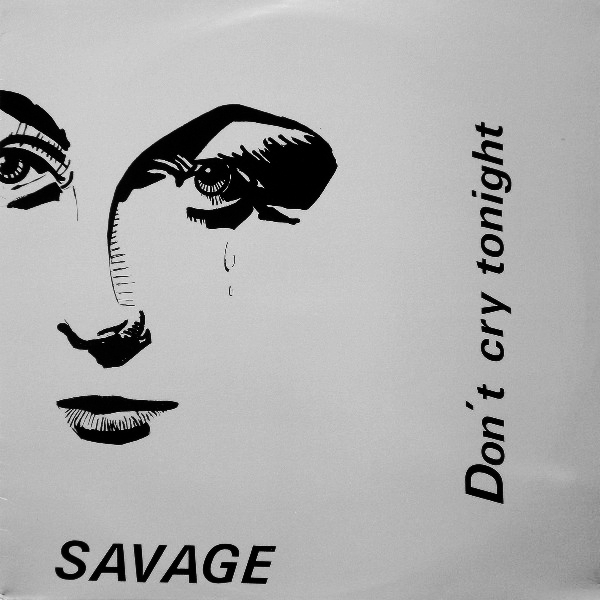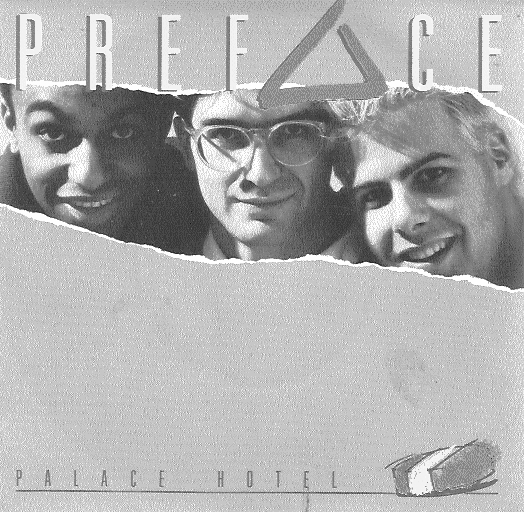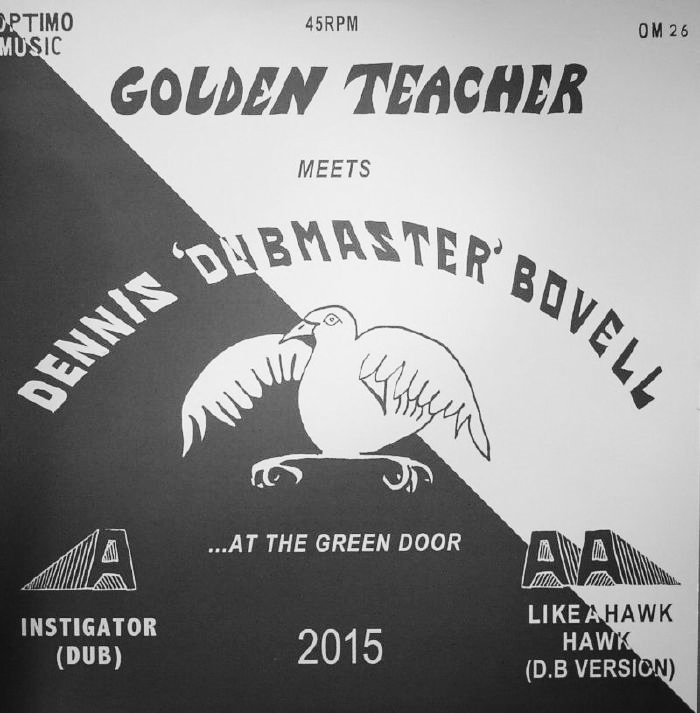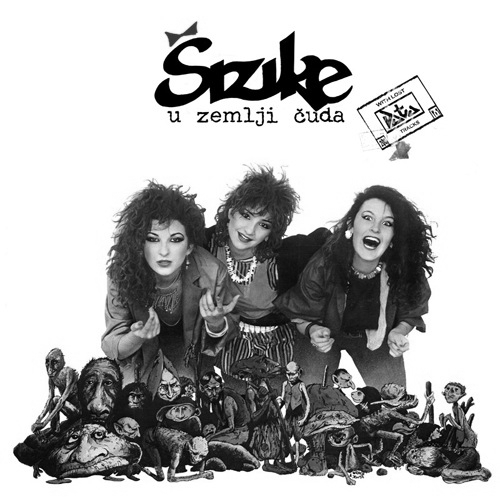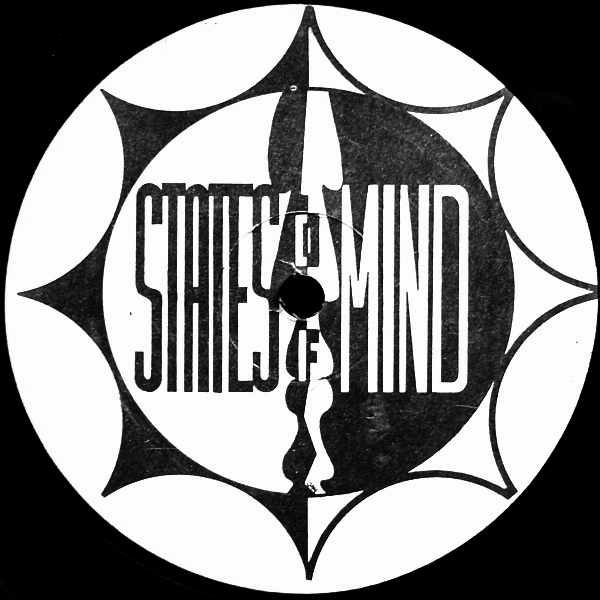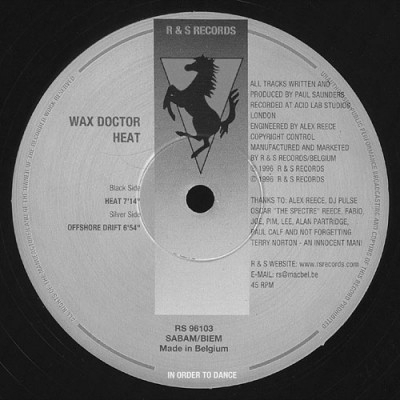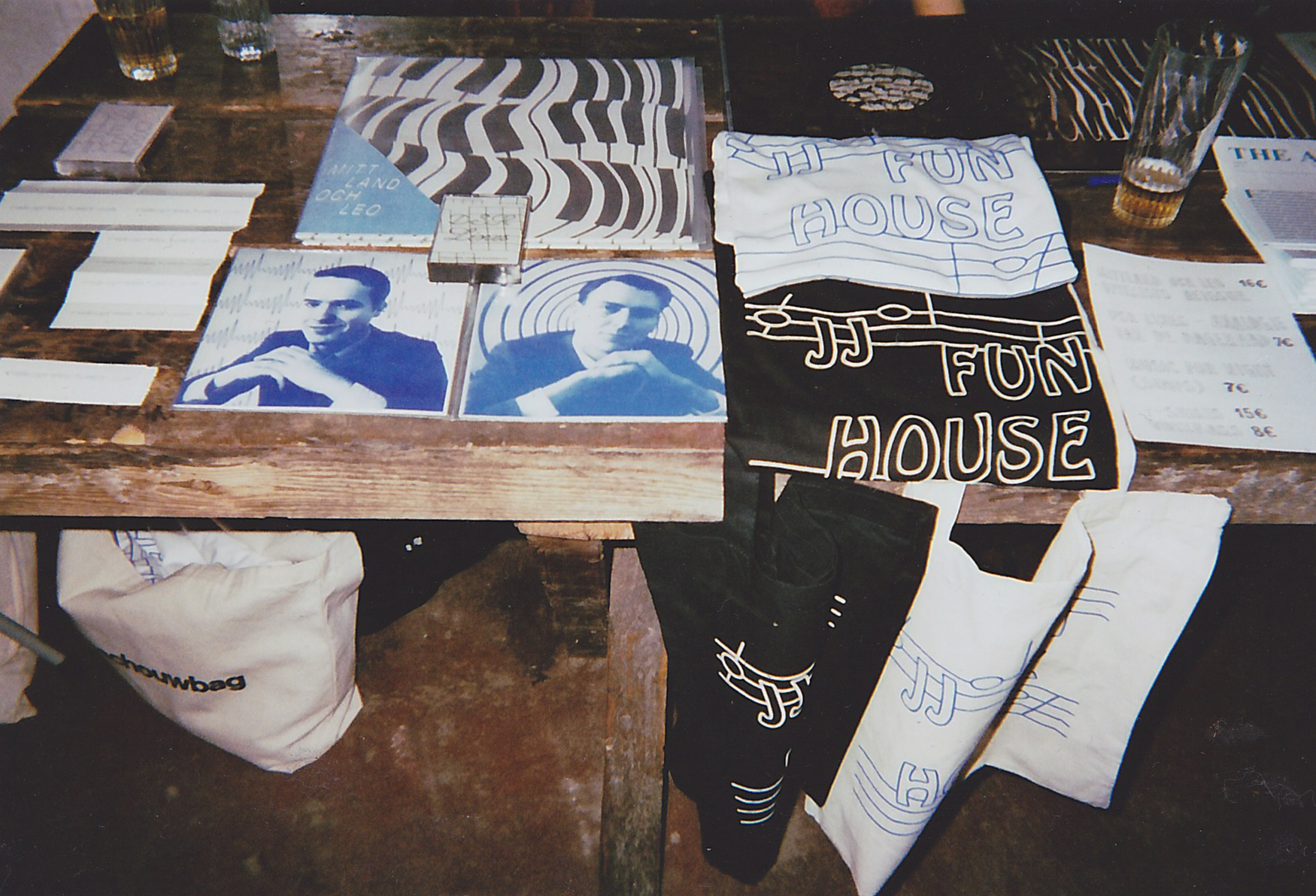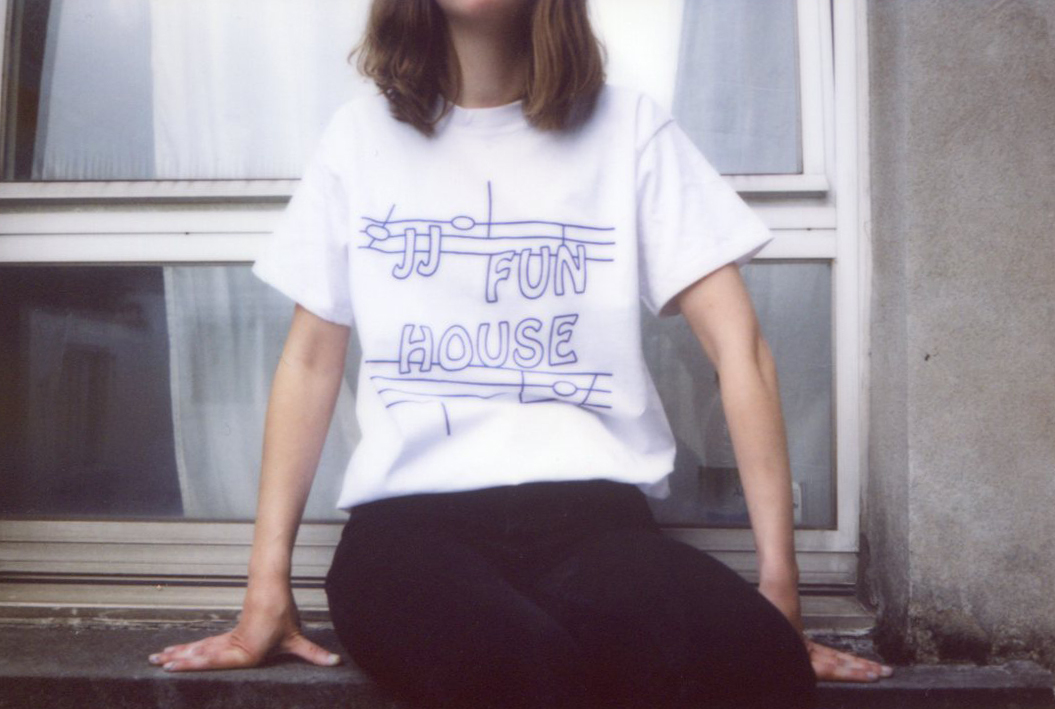

paparazzi: noah heupel
the playlist is part of a mix series curated by fromheretillnow for the swiss art magazine PROVENCE
Sticks and stones may break your bones but mutually remembered songs will brighten the deepest dark - This playlist celebrates over a decade of emotional and creative support. Amanda Weimer (Mandy) and Moritz Haas (Europa) are celebrating what started off as a teenage romance and turned into 13 years of friendship.
Premiering the performance ELEKTRA (Scream Through the Eyes of a Statue) in 2018, the artist James K marked the beginning of her residency at ISSUE, NYC. Deeply rooted in a conscious art practice that has honed her peculiar aesthetic to the fusion of visual and sonic elements, with ELEKTRA, James K explored the female voice considering it as an "X-ray to the bones of sound."
JUNCTIONS:SYMPOSIA took place on the afternoon and evening of January 21st 2023, at Brasseries Atlas in Brussels. In the form of a symposium, cultural workers from Zürich and Brussels presented, performed and displayed work in order to initiate conversation and establish first contact with each other.
Sabiwa is an experimental electronic composer and performer from Taiwan. She produces, records, and dissects sounds and videos from natural and synthetic sources, making them interact with complex textures and abstract patterns. Additionally, she also uses her processed voice as a guide in her soundscapes. As connecting elements, performances and DJ sets by Magari, Xafya, and Jauss will fill the dusty tunnel of Zurich’s iconic venue.
Orlando is an ongoing formalist archival project dedicated to exploring the capacity for consecutive sounds, transcripts, images, films, and texts to affect one another according to their literal and thematic proximites.
'Echo Shelves' was a special evening that featured soundscapes by Nina Emge and Heith, presented by fromheretillnow in collaboration with the artist Dominic Michel and Istituto Svizzero. 'Echo Shelves' gathered thoughts on the scenic quality of public inventories and used objects, sound, and places as carriers of stories that continually transformed and extended themselves. The event symbolized the gradual fading of the current exhibition, marking a transition into a 'dark mode' that marked the exhibition's conclusion.
A glimpse behind the scenes reveals an authentic parallel world that stands in strong contrast to the perfectly staged show. The scene as a whole appears unfinished, chaotic, and somehow improvised. Ultimately, everything is aimed at a specific moment that fades away after a certain time and only exists in our thoughts or in recordings in the form of sound, videos or images.
During the "Charmlore – Keepsake Of History" event on April 19th at Theaterhaus Gessnerallee Zurich, we showcased music videos and audiovisual works themed around Terminal Architectures through our exhibition format E.N.C. The screening included works by BOD [包家巷], Chino Amobi, Hannah Rose Stewart, Mark Leckey, Rustan Söderling, and VISIO.
This is the kind of music I want to make with the "Wave Notation" series. because music is not only meant to be something which exists atone, What I am attempting to do, in an overall sense, can be called `sound design'. This includes the adjustment and regulation of sounds which are proper to an environment, along with the production and composition of the music within this series. Possibly, for a given environment, just one sound would be sufficient.
FHTN 1123 is a grassroots project by Zurich-based music editor and Fromheretillnow curator Marc Jauss. Inspired by the tragic romance of “Sister Küngold and the Pale Knight,” an audio-collage of contemporary experimental music by selected musicians has been crafted.
Sticks and stones may break your bones but mutually remembered songs will brighten the deepest dark - This playlist celebrates over a decade of emotional and creative support. Amanda Weimer (Mandy) and Moritz Haas (Europa) are celebrating what started off as a teenage romance and turned into 13 years of friendship.
The latest works of the young artist Sung Tieu are influenced by her visit to the mountainous region of Bạch Mã in her home country of Vietnam. Her prose and experiments on the traditional Vietnamese stringed instrument Đàn Bầu underlie the wordless universes created by the Hamburg musician and artist Christian Naujoks. His melancholic soundscapes are based on short, concise melodies and the use of relays and echo effects on the guitar.
Antinote is a young Parisian label run by Quentin “Zaltan” Vandewalle and Gwen Jamies alias Lueke. It all started with Luekes old techno tapes he produced in the early nineties. It’s release formed the basement for the future career of the label.
One could not overhear the influence of bands like Ultravox, Felt or the Yellow Magic Orchestra. The latest compilation also hosts instrumental pieces that Renner composed exclusively for an exhibition of paintings. Today Mark is still active as an artist and musician. We‘ve asked him about his recent work, his inspiration and his future plans.
Entire volumes could be written about the output of the label Vinyl on Demand. The roughly 150 re-releases of obscure, long-forgotten material—mostly located somewhere between experimental, minimal, and early-80s noise—each has its own story. Here a mere two of our favorites briefly are introduced.
kaitlyn aurelia smith's formative years were spent communing with nature on orcas island in the northwest region of washington state, a place she describes as "one of the most magical and peaceful places i have ever been.
great work by the french collectors dj sundae (who run the brilliant idle press & hollie imprints) and julien dechery. a deep sentimental journey into obscure folk and art pop.
tomaga is valentina magaletti and tom relleen. the two london musicians have toured galleries and art spaces near and far; here they share their thoughts about various exhibitions and spaces from new york to antwerp.
hello! well, first i’d like to express my absolute enthusiasm for your lovely work. i have rarely encountered a label with such a individual and innovative spirit.
"this is me on a friday, pondering about a ‘best of’ mix tape for you with the friendly ears. tough decisions to be made… i’m told to concentrate on drone/ambient stuff, but there is so much more to listen to and discover than what ends up in this list.
The Los Angeles-based film director and author Ashkan Soltani shot a documentary about Jandek together with Craig Matarrese about one of the most mysterious American musicians with a large international cult following. The film provides rare access to the elusive performer and an intimate examination of Jandek's creative process. We have the chance to raise a few questions to Soltani himself.
toru takemitsu was a japanese composer and writer on aesthetics and music theory. largely self-taught, takemitsu possessed consummate skill in the subtle manipulation of instrumental and orchestral timbre.
When listening to music by the likes of American label Hot Releases, one repeatedly encounters a performance-like aesthetics which seems influenced by Sonic Youth or Maurizio Bianchi. As Secret Boyfriend, Ryan Martin’s music is distinguished by neurotic noises and reduced synths combined with a lo-fi songwriter voice—see, for example, the recent Grovl release They’re Playing Themselves or the 2013 Blackest Ever Black release This Is Always Where You’ve Lived.
while doing research for an article about pauline anna strom, i came across an image of journalist and internet theorist hannes grassegger holing one of strom’s records. in the process of searching for the story behind the image, hannes sent me an extensive reply and explanation. read the original german text for the first time here.












